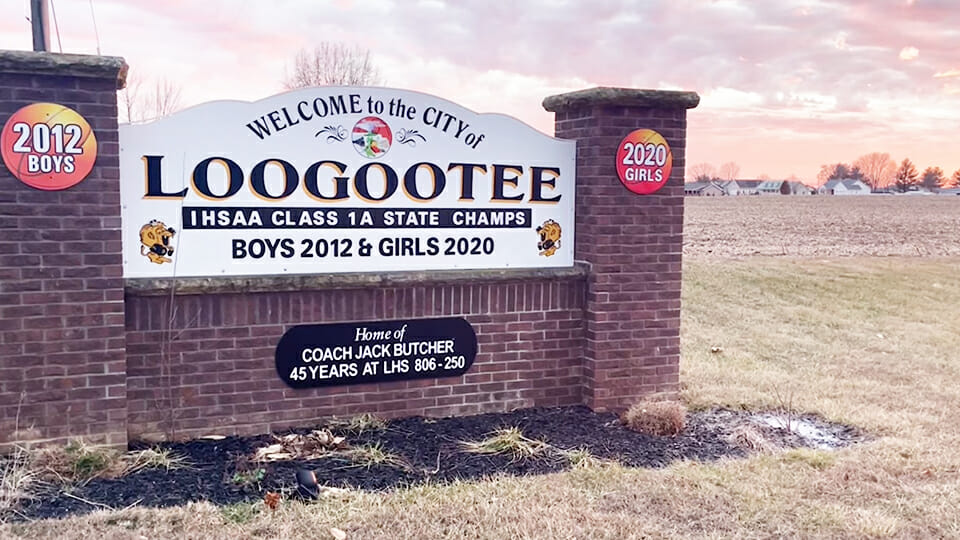Refined preferred route unveiled for Mid-States Corridor
Subscriber Benefit
As a subscriber you can listen to articles at work, in the car, or while you work out. Subscribe Now
The team behind the Mid-States Corridor Project in southern Indiana has unveiled three variations to a portion of its preferred route. The team says the changes were made in response to community feedback to the route that was announced in last April’s Draft Environmental Impact Statement.
The Mid-States Corridor is a proposed highway designed to connect I-64 to I-69 through Spencer, Dubois and Martin counties.
The preferred route, known as Alternative P, would run 54 miles from the I-64/U.S. 231 interchange to I-69 near Odon. The original route generally runs parallel and west of U.S. 231.
On Wednesday, the Mid-States Corridor Project Team announced three additional variations of the route near Loogootee. One of the variations uses the path of 231 through the city and the other two run east of the city.
“INDOT was asked to consider these variations to minimize the potential for negative impacts to Loogootee’s local economy,” the project team said in a news release. “These variations have the potential to support enhanced economic activity in Martin County and were also proposed to reduce potential impacts to the Amish community’s travel patterns.”
The team said Alternative P remains the preferred alternative for the project, and the variations show little difference in the impact outlined in the DEIS. But selecting a final alignment for the Loogootee portion of the highway will require more study.
The Federal Highway Administration is expected to issue its Final Environmental Impact Statement and Record of Decision later this year, which will end the Tier 1 study for the project.
The project team is currently determining a timetable for Tier 2 studies, which will include localized economic studies, traffic studies, and public outreach surveys for selecting a single variation for the Loogootee area of the route. Each Tier 2 study is expected to take 2-3 years to complete.
The project team is accepting public comments on the variations through March 31. You can learn more about the project and the new variations by clicking here.
